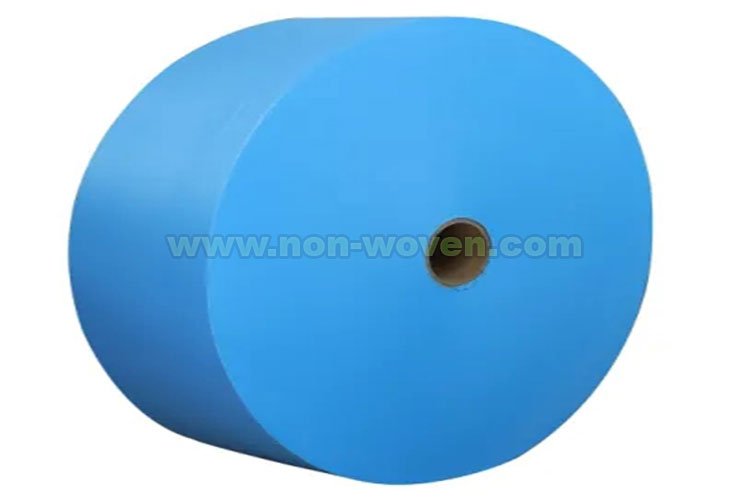Introduction
Wetlaid nonwovens are a type of nonwoven fabric that is made by wetting the fibers and then letting them dry. Wet laid nonwovens are usually made from cellulose fibers, but they can also be made from synthetic fibers.
Wet laid nonwovens have a wide range of applications, including medical, personal care, filtration, and wipes. They are also used in the production of composites and reinforcements.
The production of wet laid nonwovens is a complex process that involves a number of steps, including wetting, drying, and finishing. In recent years, there have been significant developments in the production of wet laid nonwovens, including the use of new fibers and the development of new finishing techniques.
If you are interested in learning more about wet laid nonwovens, then this article is for you!learn more(wikipedia)
1.What are wet laid nonwovens?
Wet laid nonwovens are a type of nonwoven fabric that is made by wetting the fibers and then letting them dry. Wetlaid nonwovens are usually made from cellulose fibers, but they can also be made from synthetic fibers. The production of wetlaid nonwovens is a complex process that involves many steps, including wetting, drying, and finishing.
In recent years, there have been significant developments in the production of wetlaid nonwovens, including the use of new fibers and the development of new finishing techniques. Wetlaid nonwovens have a wide range of applications, including medical, personal care, filtration, and wipes. They are also used in the production of composites and reinforcements.
2. Production of wetlaid nonwovens
The production of wetlaid nonwovens begins with the dissolution of the cellulose fibers in an alkali solution. The resulting mixture, known as “slurry,” is then poured onto a moving belt, where it is evenly distributed. A wet laying head then deposits the slurry onto the belt, and the water is quickly removed through a drying process. The resulting nonwoven fabric is then passed through a Calendering process to smooth and compact the fibers. After a short cooling time, the nonwoven fabric is ready for use.
3. Production of spunlaced nonwovens
Spunlaced nonwovens are made by a process that starts with the spinning of a rotary jet to form a jetted web (which, in general, contains shorter, finer fibers than a spunbond web). The jetted web is then placed onto a moving belt, where it is evenly distributed. A wet laying head then deposits the jetted web onto the belt, and the water is quickly removed through a drying process. The resulting nonwoven fabric is then passed through a Calendering process to smooth and compact the fibers. After a short cooling time, the nonwoven fabric is ready for use.
4. Applications of wetlaid nonwovens
Wetlaid nonwovens are used in a variety of applications, from absorbent products such as diapers and paper towels to filter materials and battery separators. Wetlaid nonwovens can be made from a variety of fibers, including natural fibers such as wood pulp and cotton, as well as synthetic fibers such as polyester and polypropylene.
Wetlaid nonwovens are produced by a process in which water is used to lay down the fibers in a web. The water-based process allows for a more random orientation of the fibers, which results in a nonwoven fabric with better absorption and filtration properties. In addition, wetlaid nonwovens can be produced with a higher degree of accuracy and consistency than other nonwoven Fabric types.
5. Recent developments in wetlaid nonwovens
In the past decade, there have been several important developments in the field of wet laid nonwovens.
One of the most significant advancements has been the development of new wet laid forming techniques that allow for the production of nonwovens with improved strength and durability. In particular, these new techniques have led to the production of wet laid nonwovens that are stronger and more tear-resistant than ever before.
Another important development has been the introduction of new wet laid fabrics made from synthetic fibers. These synthetic fibers offer a number of advantages over traditional cellulosic fibers, including improved strength, chemical resistance, and thermal stability.
The past decade has seen a dramatic increase in the use of wet laid nonwovens across a variety of industries. Today, wet laid nonwovens are an important part of many different manufacturing processes.

